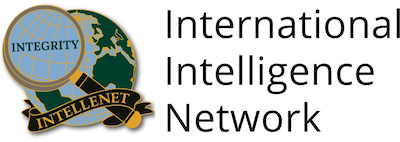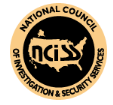The International Labour Organization estimates there are 20.9 million human trafficking victims globally. Worldwide, human trafficking is a $150 billion per year industry. Many people assume, incorrectly, that human trafficking is a problem in other countries but not the United States. Unfortunately, human trafficking is a very real problem right here in the U.S. with multiple trafficking victims reported in every single one of the 50 states in our country and Washington DC in 2017. And the numbers have been rising.
Human Trafficking Statistics for the U.S.
The National Human Trafficking Hotline and their BeFree Textline have been tracking the numbers annually for many years. In 2017, the organization documented a 13% increase in the number of identified human trafficking cases in the U.S. compared to 2016. From 2007 through 2017, the hotline handled 40,987 human trafficking cases. Some of those cases represented a single victim but many included multiple victims.
In 2017, the hotline and their partner organizations, such as the Polaris Project, handled 8,759 cases that included 10,615 individual victims. And it’s happening everywhere. To bring in a more local perspective, in 2017 there were 221 human trafficking victims reported in North Carolina, 276 human trafficking victims reported in Georgia and 118 human trafficking victims reported in South Carolina. In just our state and these two adjacent states, that’s a total of 615 reported human trafficking victims. And the number of victims that go unreported are significantly higher.
How Do Traffickers Find Victims?
First, it helps to understand the risk factors that make someone a target for traffickers. Here are the top five risk factors for human trafficking:
1. Recently migrated or relocated
2. Substance use/abuse
3. Runaways and homeless youth
4. Mental illness
5. Child or teen in the child welfare system
Traffickers have a number of elaborate schemes for luring in or recruiting unsuspecting victims. Traffickers use job offers, false promises and even posing as a benefactor to lure in new victims. Particularly with female trafficking victims, the trafficker might become an intimate partner of their victim or even attract them with talk or propositions of marriage. Others select victims from within their own family or seek out those willing to lure vulnerable family members to the trafficker in exchange for money or drugs. Traffickers may also be involved or connected with human smuggling operations and find their victims in that population.
Knowing how traffickers lure in their victims and what factors they look for to identify victims is one way you can help. Also, make sure you know the warning signs and how to spot a victim of human trafficking. The best way to be prepared to help if you notice a possible victim of human trafficking is to get out your cell phone right now and program in the number for the National Human Trafficking Hotline – 1.888.373.7888 and also the BeFree Textline in case you aren’t able to call without being noticed by the trafficker – text “BeFree” to 233733 to connect via text with a trafficking advocate. Having these numbers handy can truly help save a life.










